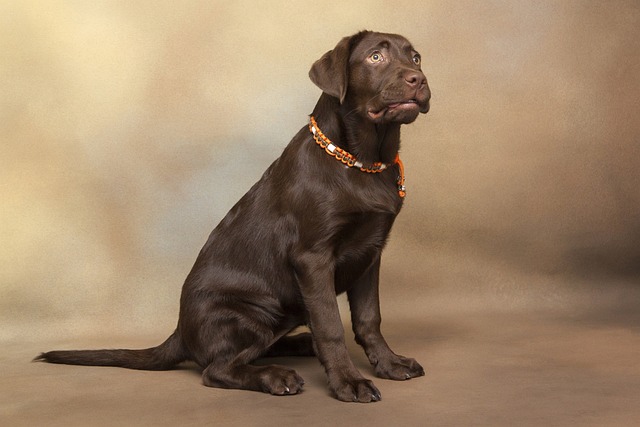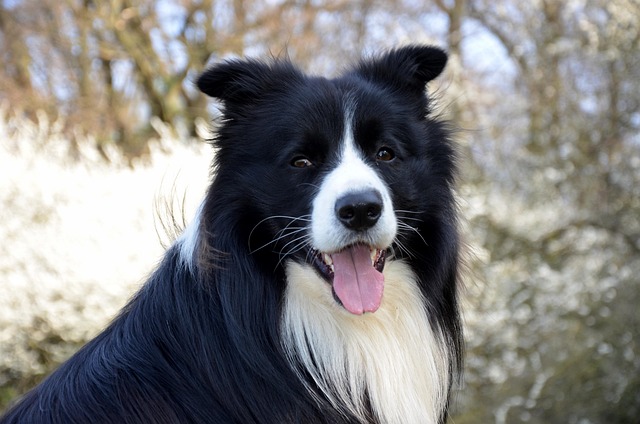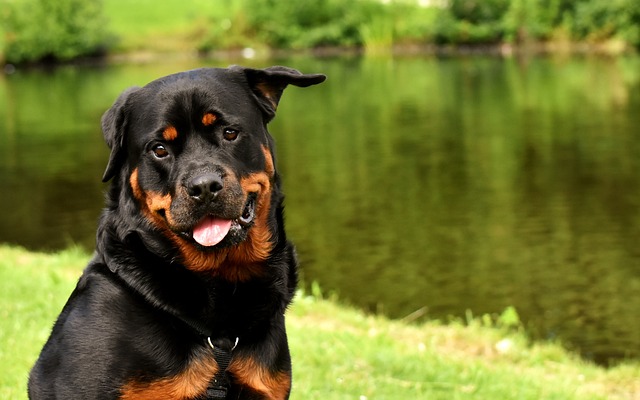
How to Train a Poodle to Use a Designated Spot for Toilet?
Poodles, with their sharp minds and eagerness to please, respond well to consistent toilet training—but it starts with picking the right spot.
How to teach a dog to come to you when you call? It’s the command that turns chaotic walks into calm adventures, whether you’re navigating a busy city sidewalk or a suburban park. For new dog parents, mastering this skill isn’t just about convenience—it’s about keeping your pup safe, building trust, and ensuring peaceful coexistence with neighbors, especially in apartment buildings where quick responses matter.
Dogs learn through cause and effect: when “come” consistently brings good things, they’ll race to obey. This is the magic of positive reinforcement—rewards strengthen the behavior you want to see. Puppies between 8–16 weeks are in their prime learning phase, their brains soaking up connections like sponges. A behaviorist in Seattle puts it simply: “Your voice and presence should feel like the best party in town, even when there are squirrels or other dogs around.” This means ditching frustration and leaning into excitement—your energy tells them whether “come” is something to look forward to.
Start training in a quiet, familiar space—your living room or backyard—where distractions are low. Kneel down, open your arms, and use a bright, happy tone: “Come!” or “Here, buddy!” When they take even a step toward you, cheer loudly and offer a high-value reward—think tiny pieces of cooked chicken, a lick of plain yogurt, or their favorite squeaky toy. Gradually add small distractions: first a tossed ball nearby, then a friend walking past, then practice near a bush with rustling leaves. A Boston couple I know practiced during morning coffee, calling their Beagle mix from the couch to the kitchen for a treat; by week three, he’d come running at the sound of their voice, even with the TV on. Never call your dog to scold them—if “come” means trouble, they’ll hide. And never chase them if they dart away; instead, turn and walk the other way, clapping gently—curiosity will usually bring them following.

Legally and culturally, this training ties directly to responsible pet care. Most U.S. states require puppies to complete core vaccines (DHPP by 16 weeks, rabies by 4 months in many places)—keep those vet records handy, especially for park visits. When practicing outdoors, always carry poop bags (cities like Denver fine up to $150 for leaving messes) and call your dog back if they approach other people or pets without permission—it’s basic community respect. In apartments, practice “come” near windows or doors to prevent barking at passersby, keeping neighborly peace. Remember: punitive methods, like yelling or leash yanking, aren’t just ineffective—they break trust and go against the kind training promoted by organizations like the ASPCA.
With consistency and kindness, your dog will learn that “come” means the best moments start with you. It takes patience, but watching them sprint toward you, tail wagging, makes every early morning practice session worth it.

Poodles, with their sharp minds and eagerness to please, respond well to consistent toilet training—but it starts with picking the right spot.

Labrador Retrievers thrive on positive interaction, so start training as soon as you bring your pup home—ideally between 8 and 12 weeks old.

Border Collies thrive on routine, so start by picking a consistent spot—maybe near your backyard patio or a patch of grass that’s easy to access.

Pomeranians, with their fluffy coats and spunky personalities, are a popular pick for many dog lovers, but their small size can make housebreaking feel tricky at first.

Many new dog owners quickly learn that potty training success varies wildly by breed, and some pups pose unique challenges.

If you live in a high-rise apartment or a home without immediate yard access, training pads can feel like a lifesaver during the potty training phase.